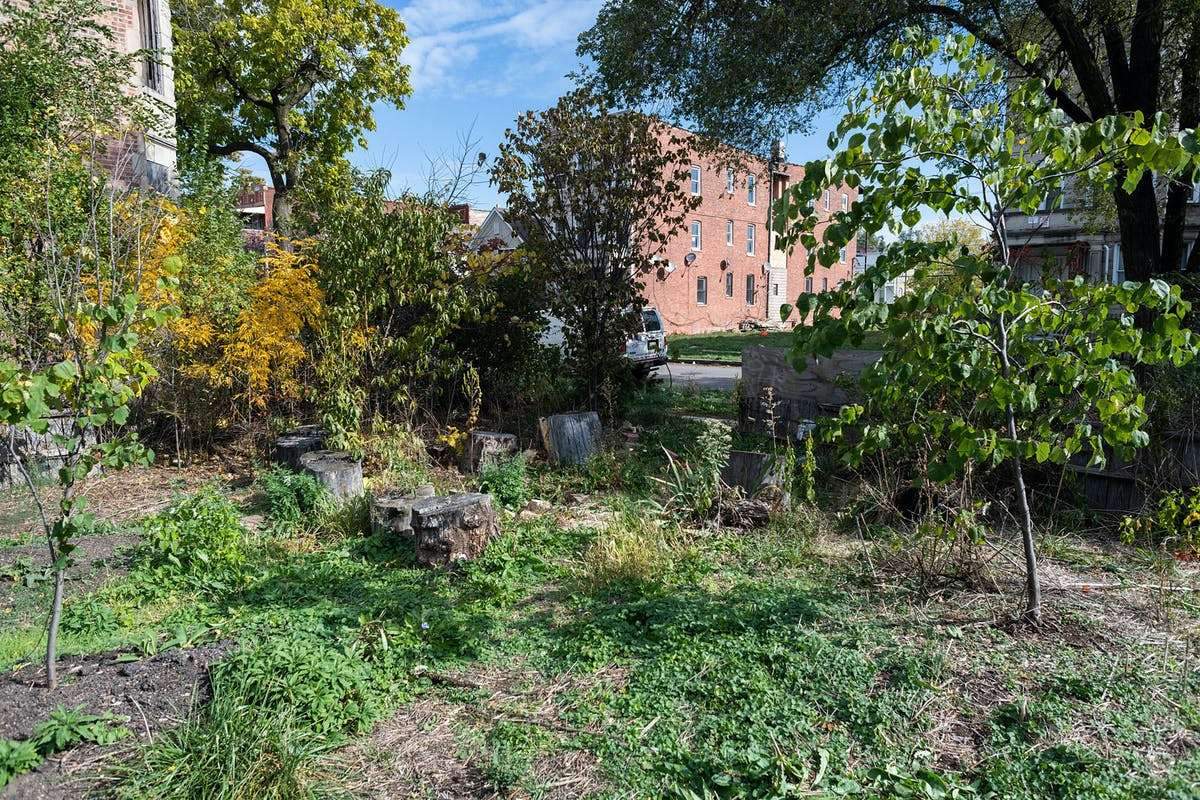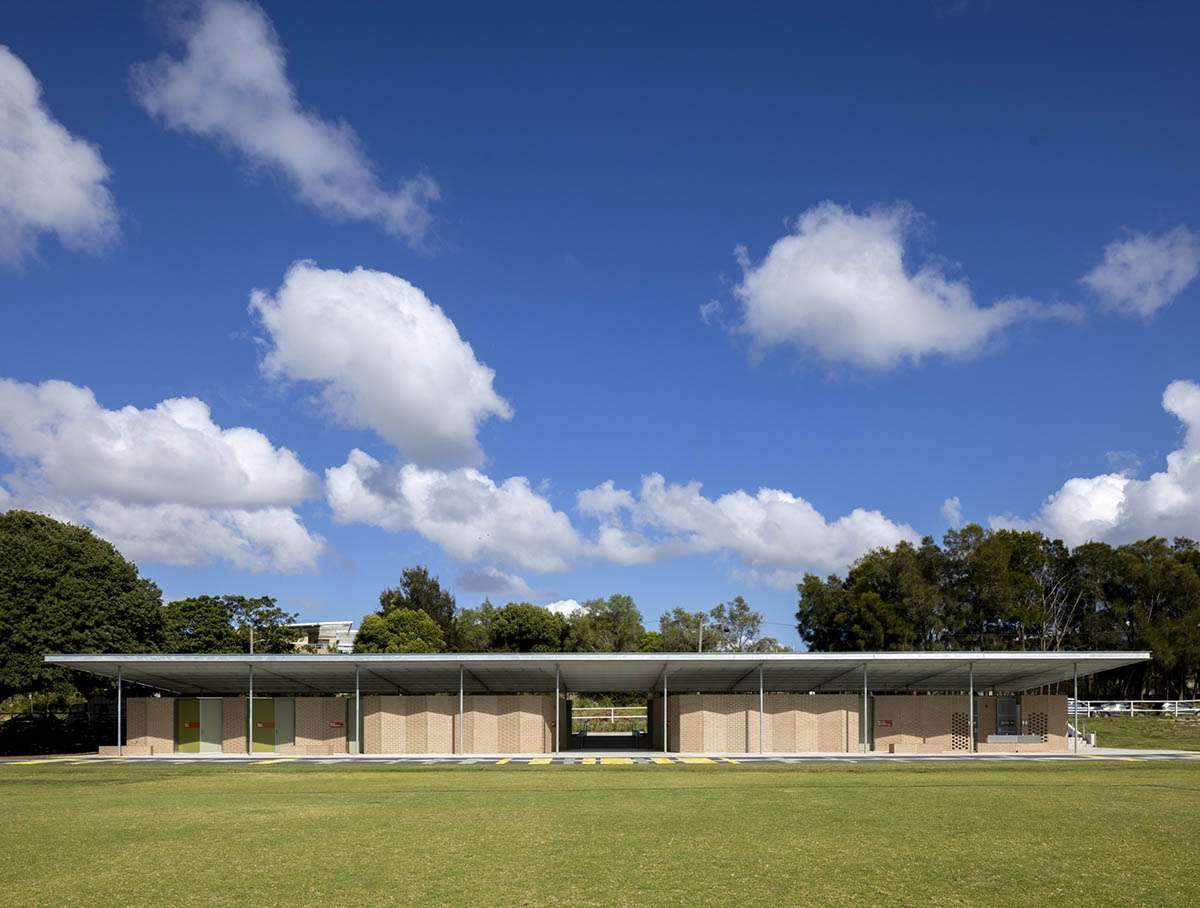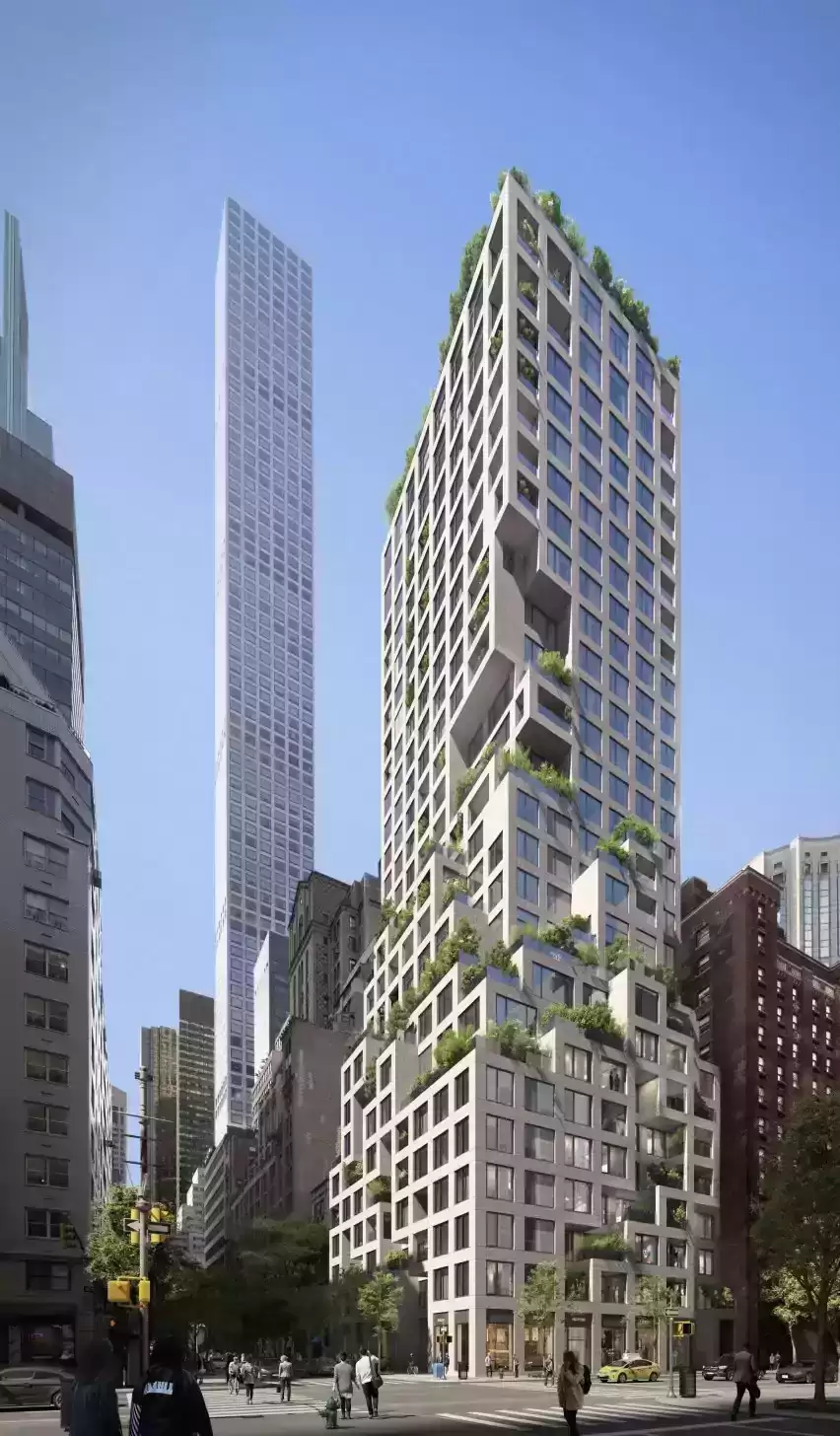Timbercrete is an environmentally friendly building material produced from a mixture of sawdust and concrete.
It reuses waste products, and replaces some of the energy-intensive components of conventional concrete.
Wood concrete has been used to produce bricks, blocks, slabs, and pavers,
and can be pressed to create a wide range of sizes, colors, shapes, and textures.
The material traps and stores carbon in the building, offsetting emissions from polluting compounds.
It is also lighter than concrete and has great thermal insulation,
making it an ideal material for sustainable building projects.
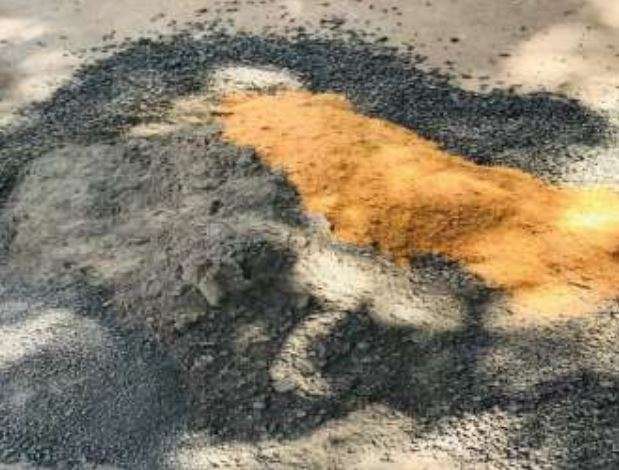
Timbercrete components
- Wood waste
- Builds
- Sand
- Folders
- Non-toxic discharge additive
Characteristics of reinforced concrete
- Concrete density ranges from 900 kg/m3 to 1500 kg/m3.
- Its bearing capacity ranges from 5 MPa to 15 MPa.
- Timbercrete is bulletproof, as no bullet can penetrate a 200 mm diameter brick.
- The insulation value of wood concrete is R-2.5 per 25 mm of thickness.
- 2.5 times lighter than concrete and clay.
- It has high fire resistance; the 19cm thick wood concrete block can outperform typical concrete, clay and timber blocks.
- Aerated concrete is less porous than concrete blocks and does not corrode.
- Concrete block made of concrete that is resistant to airborne sound transmission is better than cellular concrete.
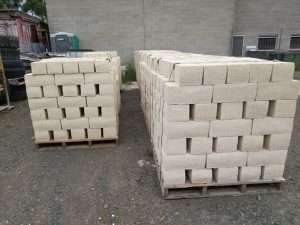
Advantages
- It traps carbon dioxide, which would otherwise become a greenhouse gas, in the atmosphere.
- Wood brick and concrete blocks have lower embodiment energy than that of clay brick.
- The insulation (R) value of wood concrete is higher than that of traditional hard stone bricks, blocks and slabs.
This means wood concrete homes are energy efficient for most of the year.
- It is a material with a large thermal mass that absorbs, stores and releases thermal energy slowly.
- Wood concrete blocks and slabs can be easily stretched and nailed without losing all the advantages of traditional construction.
- Wood concrete units are lighter and larger, which makes them easier to handle, and makes the construction process easier and faster.
- Component materials are available locally, which reduces transportation costs and reduces overall costs.
Challenges
- The mixing process of reinforced concrete is not completely defined as concrete, which leads to poor quality control.
- Wood waste may affect health if it is mixed with other chemicals that should not be together, such as formaldehyde.
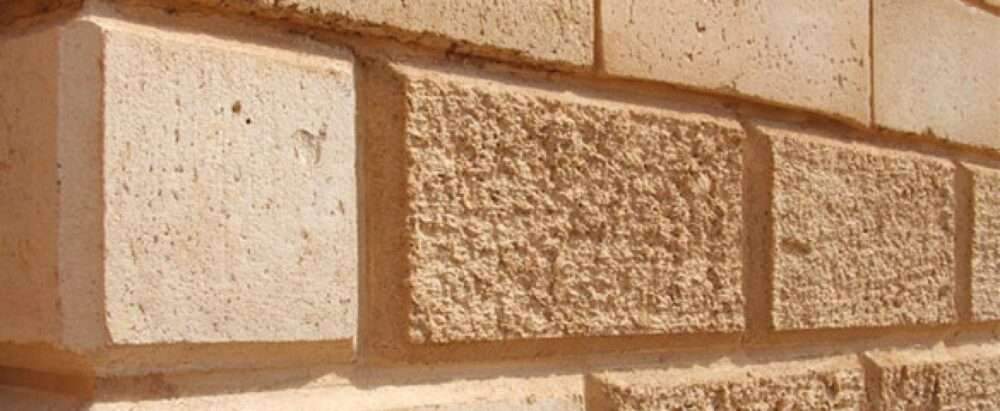
Applications
- Residential, industrial and commercial buildings
- Landscape design
- Highway acoustic barriers
- Soundproof and fireproof walls for multi-storey apartments
- Cladding panels
For more architectural news



